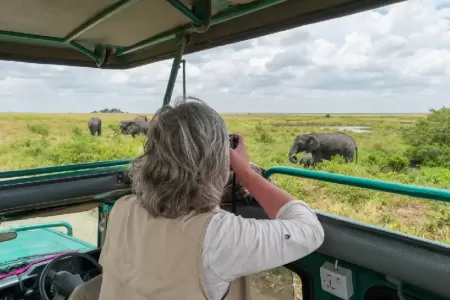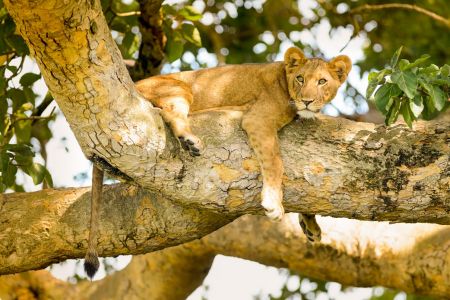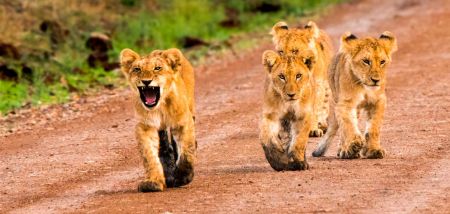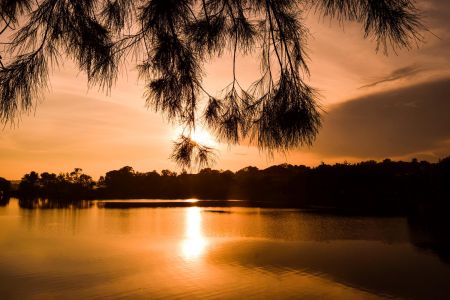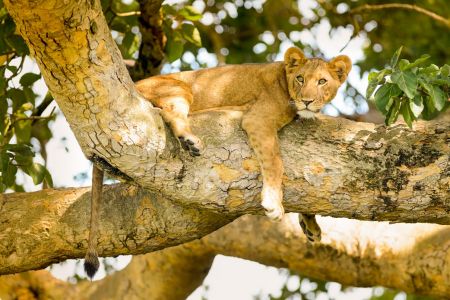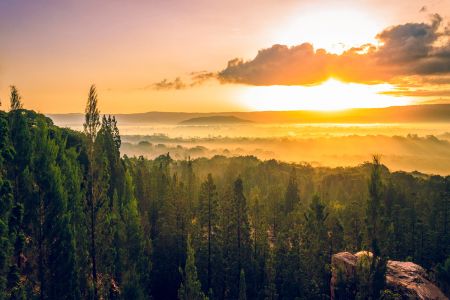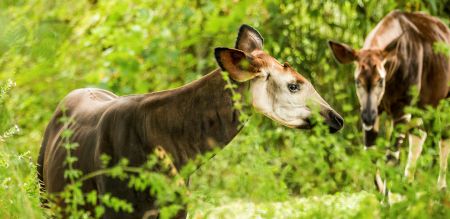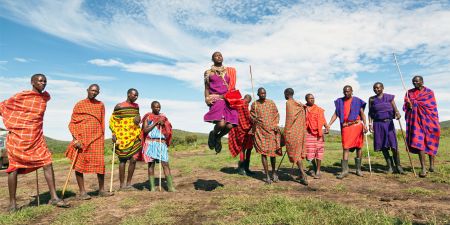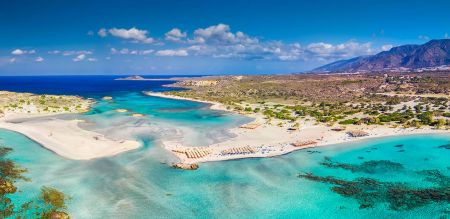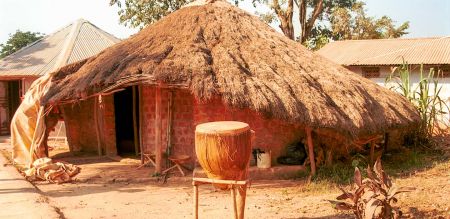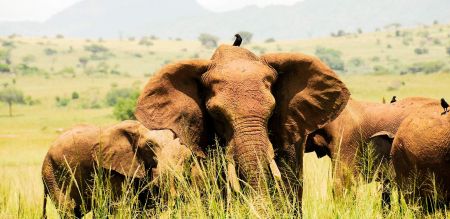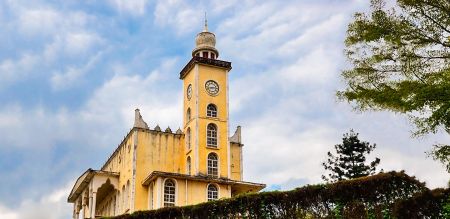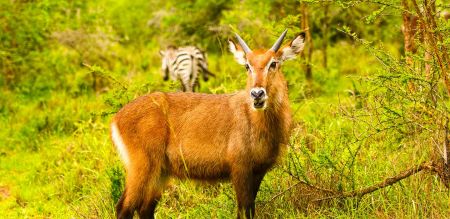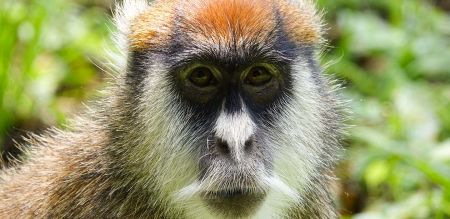Kibale National Park Guide
One of Uganda's main attractions the Kibale National park in Western Uganda has been the prime protector of the evergreen Lucious forest occupied by many animal inhabitants.

One of Uganda's main attractions, the Kibale National park in Western Uganda. Kibale has been the protector of the evergreen and Lucious forest occupied by many animal inhabitants.
The tropical park harbors a number of wildlife and welcomes many tourists every year. Here is your ultimate guide to Kibale National Park.
Some Facts about Kibale National Park
- Distributed over a jaw-dropping 766 square klicks and suspended in between an elevation between 1,100 meters to 1,600 meters of.
- Despite its scenery mostly dominated by moist evergreen forests, it contains a multitude of different terrains and is one of the last remaining parks that house both lowland and montane forests.
- The area surrounding the park is primarily inhabited by the local tribes of the Batooro and Bakiga using the park as a natural supply for fuel and food in cooperation with the Uganda wildlife authority.
Wildlife in Kibale
Animals
As for the biodiversity of this green haven, it remains unchallenged with a high concentration of primates in the park. Having over 13 different species, the number of primates in Kibale National Park is the highest in all Africa.
The highlight of them all are the chimpanzees. Over 1450 chimpanzees living in the park make it the best spot to enjoy Chimpanzee Tracking Tour.
The 13 species include the common chimpanzee, Uganda mangabey, Ugandan red colobus, L'Hoest's monkey, black-and-white colobus and last but not least is the blue monkey.
These primates usually alternate and switch between The Queen Elizabeth National Park and Kibale National Park. Aside from the primates, Kibale National park is home to many other animal types such as the African Buffalo, Leopards, African Golden Cats, Blue Duikers.
There is also a number of other wildlife in the park. However, they are so easy to spot. They include buffalos, leopards, elephants, bush pigs, and suikers. Visitors can also see some amphibians, reptiles, and various butterflies.
Customize Your Dream Vacation!
Get in touch with our local experts for an unforgettable journey.
Plan Your TripBirds & Vegetation
The park is home to 325 bird species including 6 native to the Albertine Rift area such as the dusky crimsonwing, collared apalis, red-faced woodland warbler, black-capped apalis, blue-headed sunbird, and purple-breasted sunbird.
Other Kibale specials are the green breasted pitta, African pitta, Abyssinian ground thrush, yellow spotted nicator, little greenbul, black bee-eater, black-eared ground thrush, brown chested alethe, yellow rumped tinkerbird, blue-breasted kingfisher, along with the crowned eagle.
The park contains 351 tree species, some rise to over 55m and are over 200 years old.
Things to Do in Kibale National Park
1- Chimpanzee Tracking
This is the major activity to do while being in Kibale National Park. Chimpanzee tracking is a chance for tourists to engage in looking for the chimpanzees in their natural inhabitants.
The activity is done in groups, mostly 4 individuals, to avoid the overcrowd in the place.
2- Hiking in Kibale Forest
Going on a hiking tour offers you the opportunity to discover the assorted habitats of the park such as swamp, grassland, river line forest and tropical rainforest.
Kibale Forest walk trail is 12 km long, taking usually 5 to 6 hours. Hiking is preferable during the dry season from June to September and from November to February.
3- Bird Watching
Since the park is home to 325 different species of birds, the Bigodi nature walk is the best opportunity to enjoy bird watching in the park. The swamp alone has almost 138 bird species.
4- Cultural Tour around Kibale
Going on a cultural tour led by a local guide is a great way to get to know the native Batooro people as well as the Bakiga immigrants.
During the tour you will be visiting a traditional village to explore the traditional lifestyle of the Batoro. You will also visit the local church and the primary school. It is a great way to enjoy some energetic traditional dances and songs by the Bakiga.
Location
Kibale National Park is located in the western part of Uganda, 5 hours drive from Kampala, and 26 km southeast of Fort Portal City.
The park is also located near the serene Ndali Kasenda crater area. It takes half-a-day drive to Queen Elizabeth National Park, Rwenzori Mountains, Semuliki National Parks and the Toro-Semliki Wildlife Reserve.
Best Time to Visit
Kibale National Park is visitable all year round. However, the best time to visit the park is during the dry season, when trails are dry and easy to pass. The dry season lasts from December to February and from June to September.
The northern area is the wettest in Kibale, which receives an average annual rainfall of almost 1700mm. This mainly takes place during March to May and September to November.
The southern park of the park experiences maximum temperatures and lower amounts of rainfall. It is where the terrain drops onto the hot rift valley floor and the forest provides a way to open grassland.


